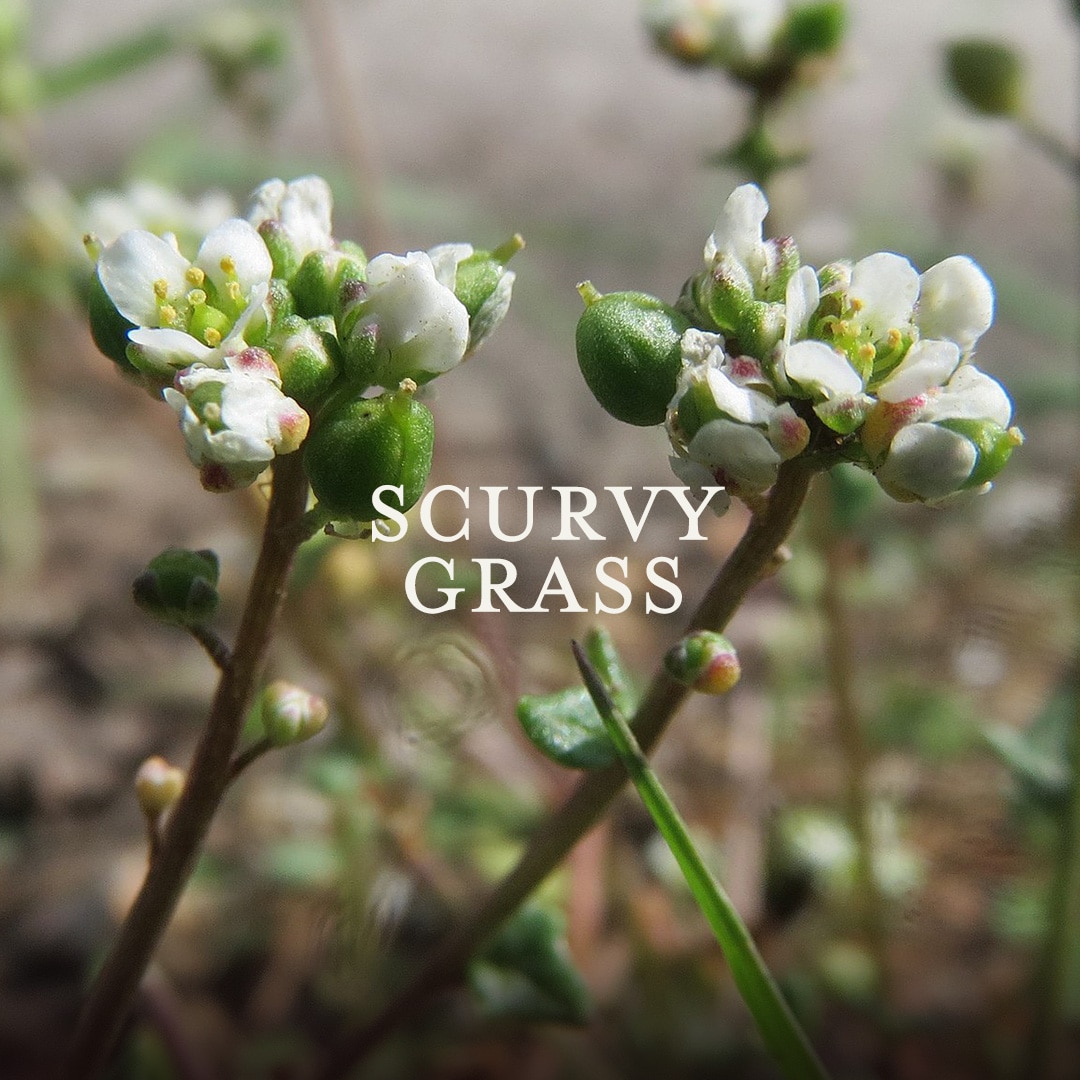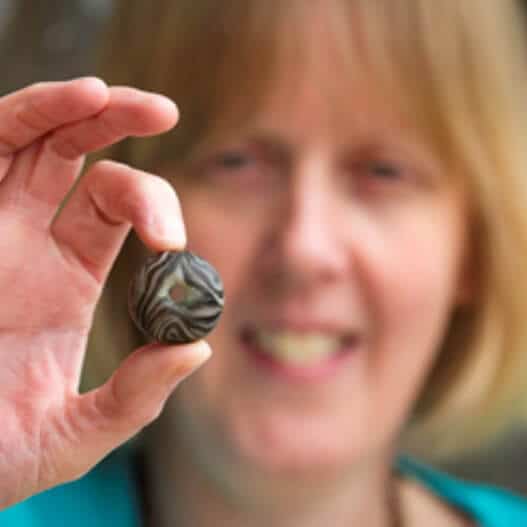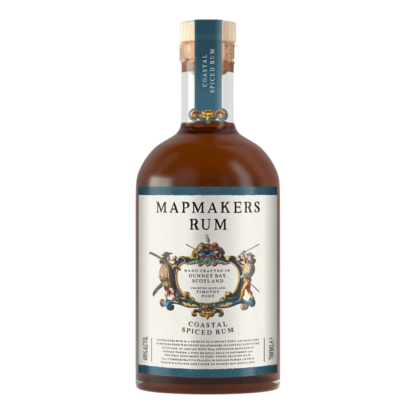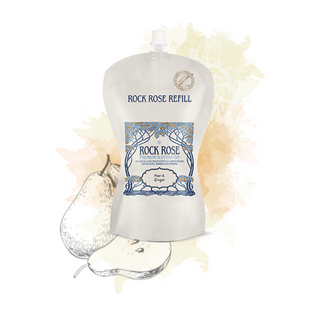Scurvy grass (Cochlearia) is a genus of about 30 species of annual and perennial herbs in the Brassicaceae family. The botanical grows in arctic and temperate areas of the northern hemisphere and is commonly found in coastal and mountainous regions. The scientific name of the genus – Cochlearia derives from the Latin word ‘cochlear’ – meaning ‘spoon’ as scurvy grass leaves are roughly spoon-shaped.
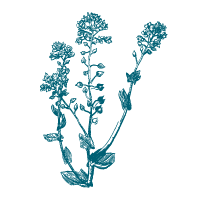
There are two major types of Cochlearia which are native to the UK – common scurvy grass (Cochlearia officinalis) and despite its Scandinavian sounding name – Danish scurvy grass (Cochlearia Danica). Cochlearia officinalis is a perennial and is normally a larger plant than Cochlearia Danica. In early spring Cochlearia officinalis has white, sometimes slightly pink flowers, with four daisy-like petals. The botanical’s hermaphrodite flowers are pollinated by bees, beetles, and flies – a good early source of nectar. Cochlearia officinalis is also noted for attracting wildlife, and some natural historians have observed that it appears to thrive near otter haul-out points, perhaps liking the ground disturbance the otters bring, combined with their fertile spraint – the dung of the otter. Cochlearia Danica is a winter annual, growing through the cold months before flowering in April, setting seed and dying. The flowers of Cochlearia Danica are white, but its flower-buds are pink.
Vitamin C for sailors!
The common name – scurvy grass – derives from the high levels of Vitamin C found in the botanical, which help prevent or treat scurvy, a disease characterised by general weakness, anaemia, gum disease, and skin haemorrhages. In the past, sailors were particularly at risk of scurvy due to spending long periods at sea with no fresh fruit or vegetables to hand. The leaves of both Cochlearia officinalis and Cochlearia Danica are edible, so the botanical was harvested by sailors to either be salted down by the barrel-load, taken on board ship in dried bundles or distilled into a tincture to help stave off scurvy during long sea voyages. Contrary to popular belief, scurvy grass isn’t much higher in Vitamin C than many other botanicals but fell into favour because it is easy to find and identify, grows coastally, and, most importantly, is available year-round. Scurvy grass leaves are bitter and have a strong – and potentially overpowering – mustard/horseradish taste so the flavour of the botanical was often disguised by sailors with herbs and spices. The English botanist, herbalist, and physician Nicholas Culpeper (18th October 1616 – 10th January 1654) wrote in his book The English Physician (1652) reissued in 1653 as The Complete Herbal that scurvy grass leaves when made into a tincture or tonic and drunk ‘by those that have the scurvy’ were of ‘singular good effect to cleanse the blood, liver and spleen’.
Scurvy Grass Sandwich?
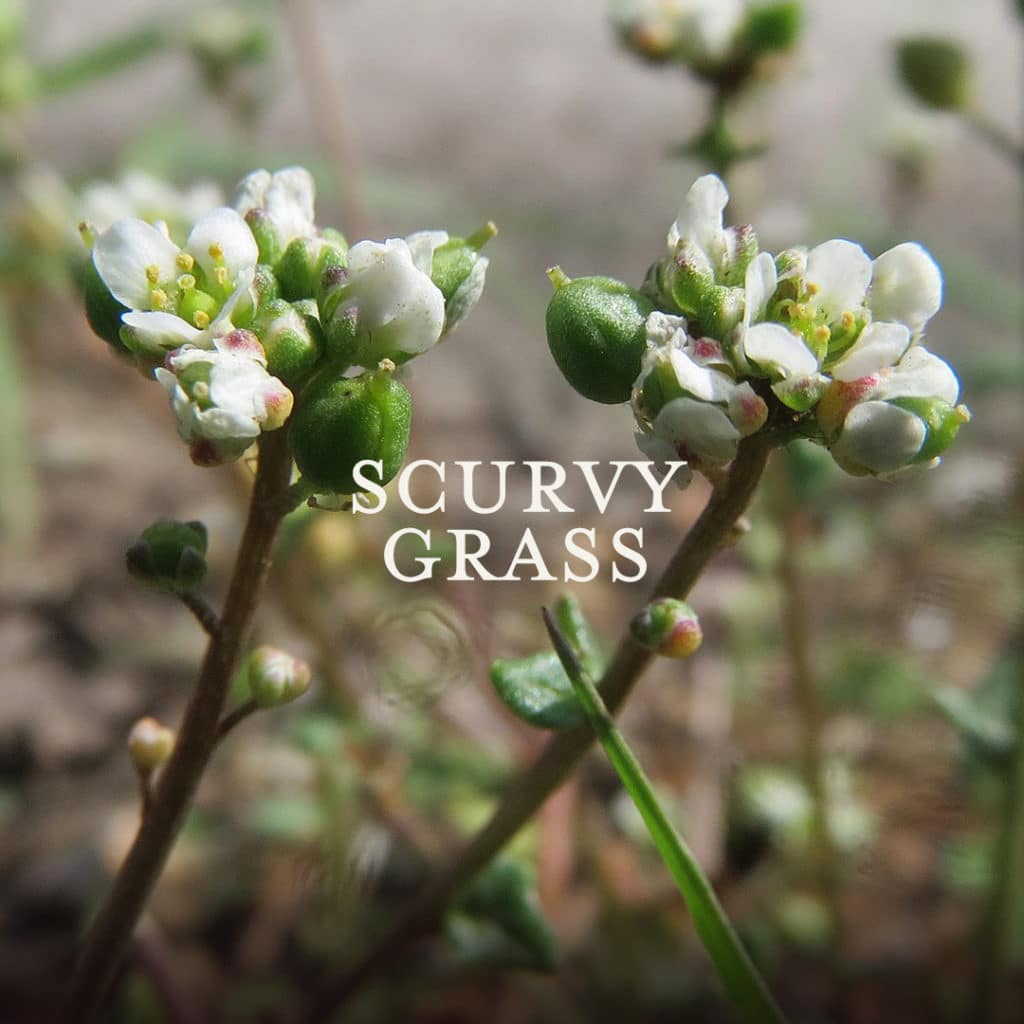
As a herb used in cooking and drinks manufacture scurvy grass sandwiches and drinks became a popular fad in the UK until the middle of the 19th century. However, if used properly as a spice, condiment, pesto ingredient or small proportion of a salad, and at its correct stage of growth and time of year, the full-blooded mustardy punch of scurvy grass leaves can be superb. Harvested in autumn and winter scurvy grass leaves if cooked with beef add a mustardy-spinach flavour to the meat and the leaves of the botanical can also be used as a wasabi substitute with sushi. The flowers in early spring offer a mild flavour and are great as a garnish or scattered through salads. Chopped, dried, and crumbled, scurvy grass leaves make a coastal flavoured seasoning which can be used instead of salt and pepper.
Up until the 19th century scurvy grass leaves were used to make a beer called scurvy grass ale, and the botanical has occasionally been used as an ingredient in modern craft ales. In gin and rum manufacture scurvy grass is used to add hints of liquorice and a peppery heat to the spirit.
Scurvy Grass is harvested by Hanna from nearby cliffs and is used in Mapmaker’s Coastal Spiced Rum.


